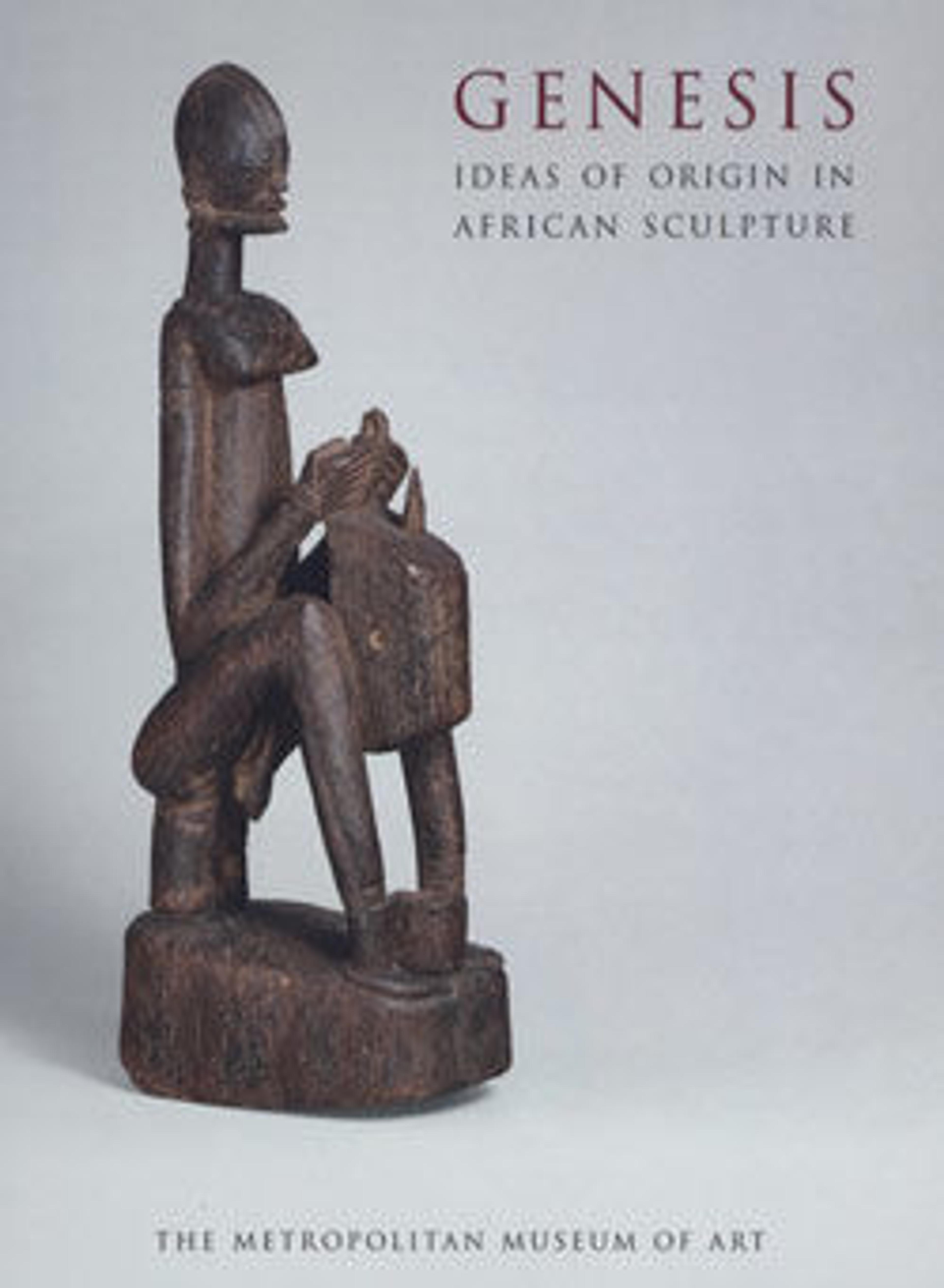Headdress: Male Antelope (Ci Wara)
"Ci wara" headdresses from Mali are among the most widely known and admired of all African art forms and their characteristic elegant abstraction is valued both in Bamana society and the West. The term "ci wara" encompasses several distinct but related performative genres. Among the Bamana, the invention of agriculture and the understanding of earth, animals, and plants were at one time attributed to a mythical culture hero named Ci Wara. In the nineteenth and early twentieth century, this knowledge was shared among members of a men's agricultural association, also called "ci wara". Ceremonial dances performed by "ci wara" members celebrate the skills of successful farmers as well as the benevolence of Ci Wara's gift of agriculture to humanity. The outstanding feature of "ci wara" dances was the performance of a pair of gracefully designed, sculpted headdresses in the form of antelopes.
Artwork Details
- Title: Headdress: Male Antelope (Ci Wara)
- Artist: Bamana numu (blacksmith)
- Date: 19th–20th century
- Geography: Mali, Ségou region
- Culture: Bamana peoples
- Medium: Wood, fibers
- Dimensions: H. 46 1/2 in. (118.1 cm)
- Classification: Wood-Sculpture
- Credit Line: Gift of Dr. and Mrs. Pascal James Imperato, 2010
- Object Number: 2010.322
- Curatorial Department: The Michael C. Rockefeller Wing
More Artwork
Research Resources
The Met provides unparalleled resources for research and welcomes an international community of students and scholars. The Met's Open Access API is where creators and researchers can connect to the The Met collection. Open Access data and public domain images are available for unrestricted commercial and noncommercial use without permission or fee.
To request images under copyright and other restrictions, please use this Image Request form.
Feedback
We continue to research and examine historical and cultural context for objects in The Met collection. If you have comments or questions about this object record, please contact us using the form below. The Museum looks forward to receiving your comments.
